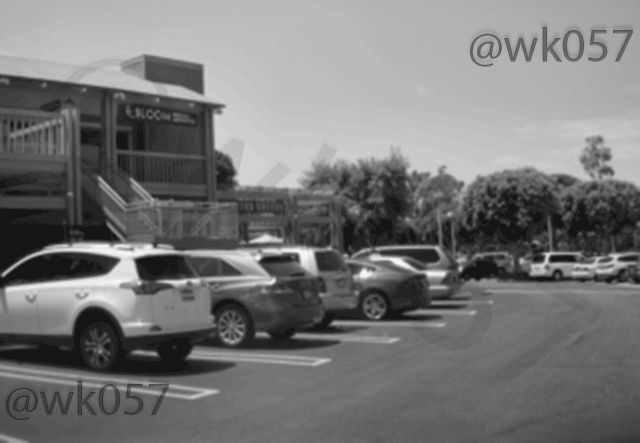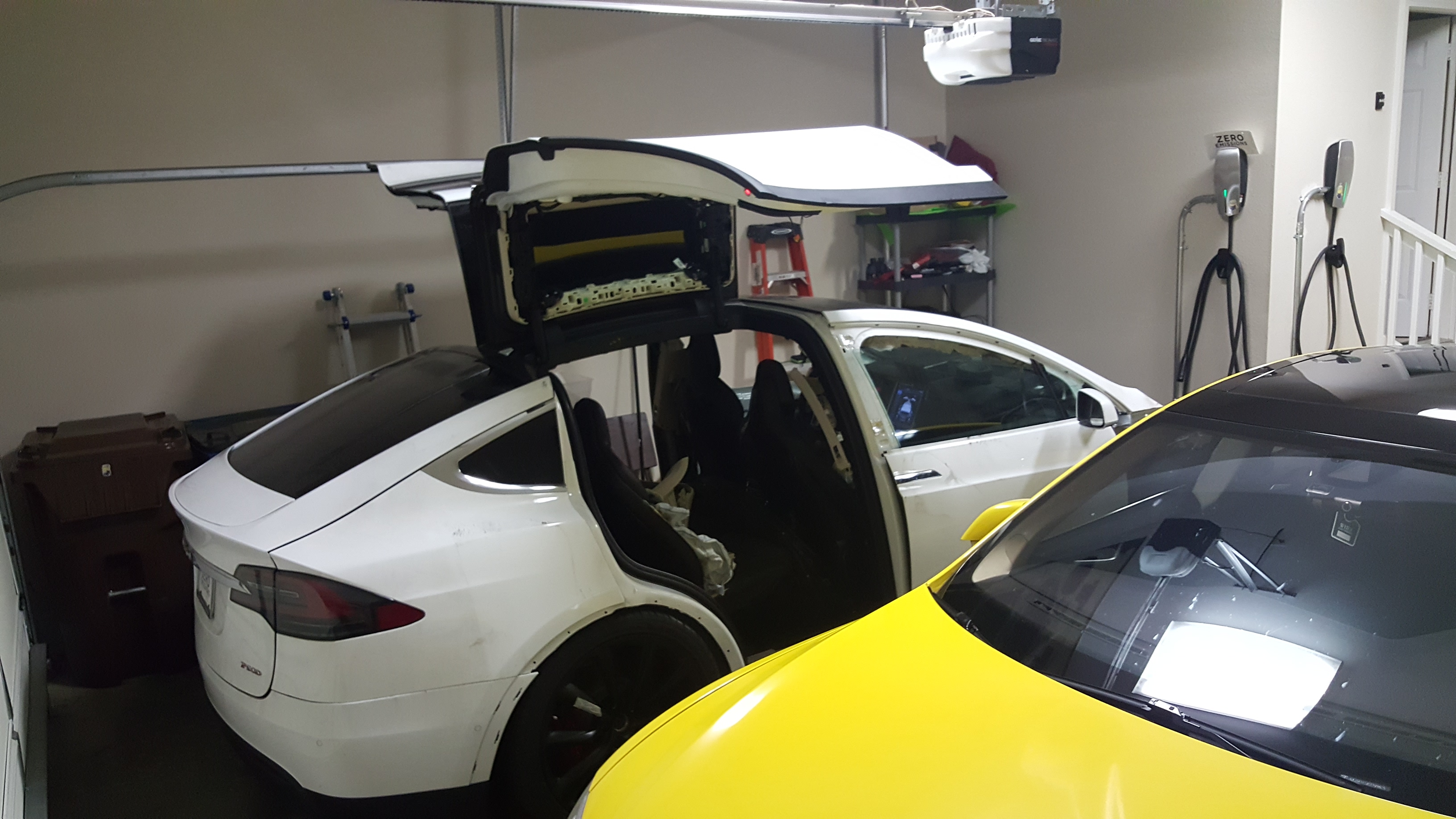int32_t
Tesla Spotter
That's far from the first time wk057 has featured in an article on Electrek. 
You can install our site as a web app on your iOS device by utilizing the Add to Home Screen feature in Safari. Please see this thread for more details on this.
Note: This feature may not be available in some browsers.
Digging up this old thread.... I'll just leave this here:

My interpretation of the logs: 100% driver error.

I have no doubt that will be the case rather than another month or two from now his lawyers will post another message through his proxy and it's back front and center again.Ha, and the lawyer will basically pay to end the case not so much in his favour. What fun that would be!
Can you tell from the logs if the driver had creep off at time of accident?Digging up this old thread.... I'll just leave this here:

My interpretation of the logs: 100% driver error.

On.Can you tell from the logs if the driver had creep off at time of accident?
What would that tell you? <shrugs> I can see things like this happening just as easily on vs off. Nice to know just for fun though.Can you tell from the logs if the driver had creep off at time of accident?
But has Tesla had a chance to analyze the actual accelerator pedal to make sure that it isn't malfunctioning? (I know, I know, there is a very small chance that the pedal falsely reported 100% depression, and a much higher probability that the foot was on the wrong pedal.)
What would that tell you? <shrugs> I can see things like this happening just as easily on vs off. Nice to know just for fun though.
If my memory is accurate, it was determined that she accelerated into the building (which would be necessary to jump the curb and drive over a small grassy hill). My guess is that she hadn't gotten used to the one-pedal driving yet and had been using the accelerator to do both accelerate and slow down. And in a panic during a parking event, instead of slamming on the brakes, she slammed on the accelerator.I suppose the thought is that if creep was on, she might have been already sitting on the brake as she pulled into the parking space letting creep move the car forward and modulating with the brake. Potentially reducing the possibility of something like this. Obviously that wasn't the case since creep was on.
The other question would be regen "low" or "standard". If regen was low, and creep was on, she should have already been sitting on the brake coasting into the spot. Regen standard might provide a slow enough speed with creep on that you still have your foot on the gas all the way into the parking spot.
Or, some people's driving style has them pull into parking spaces faster than I normally do and they normally only hit the brake at the last second.
I had previously assumed the majority of unintended acceleration accidents were a result of drivers new to no creep driving.What would that tell you? <shrugs> I can see things like this happening just as easily on vs off. Nice to know just for fun though.
My guess is that she hadn't gotten used to the one-pedal driving yet and had been using the accelerator to do both accelerate and slow down.
I had previously assumed the majority of unintended acceleration accidents were a result of drivers new to no creep driving.
Believe it or not, people run into buildings all the time with their ICE vehicles.
I don't think there's enough data, at least publicly, to know whether or not driving with one pedal increases your likelihood of unintended acceleration. What % of miles driven are creep vs no creep? Of these types of accidents, what % had creep on or off? Only Tesla knows. But thanks to wk057, we now have one more data point.There is no evidence there is any connection between no creep driving and this sort of accident.
I don't think there's enough data, at least publicly, to know whether or not driving with one pedal increases your likelihood of unintended acceleration. What % of miles driven are creep vs no creep? Of these types of accidents, what % had creep on or off? Only Tesla knows. But thanks to wk057, we now have one more data point.
I think the idea is that they are not accustomed to regen braking. They take their foot off the accelerator, the car slows like it is braking, they then get distracted by something and then naturally they press down to enhance the braking that is occurring, but in this case it's being done by regen so what happens is that they accelerate.I don't understand. Under no circumstances do you press the accelerator down to slow down, regardless of regen. Pressing the accelerator down always results in acceleration.


